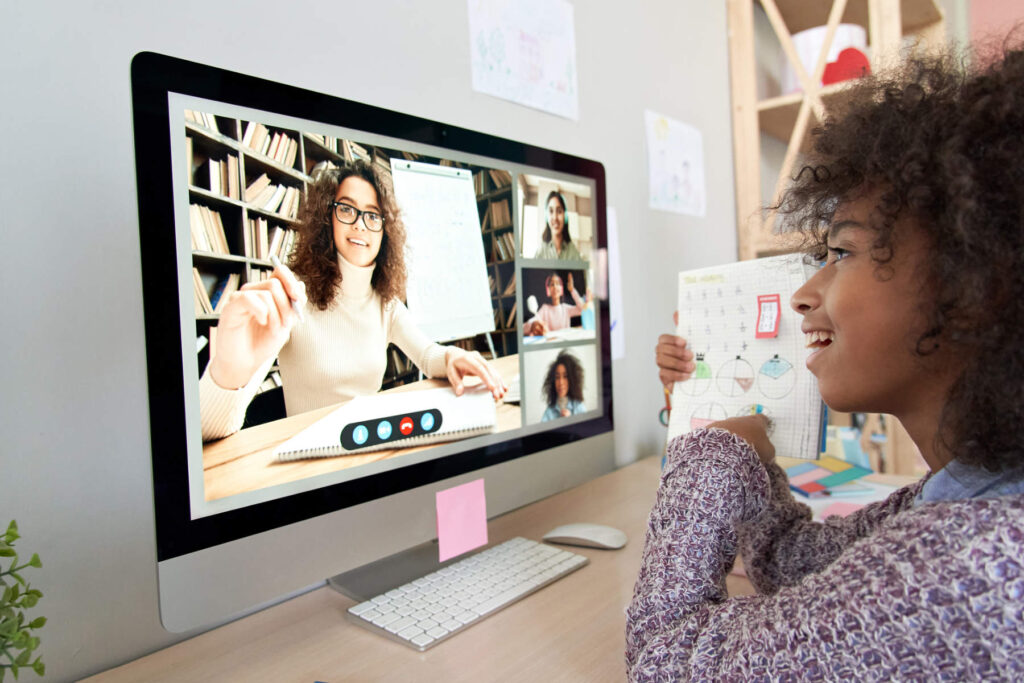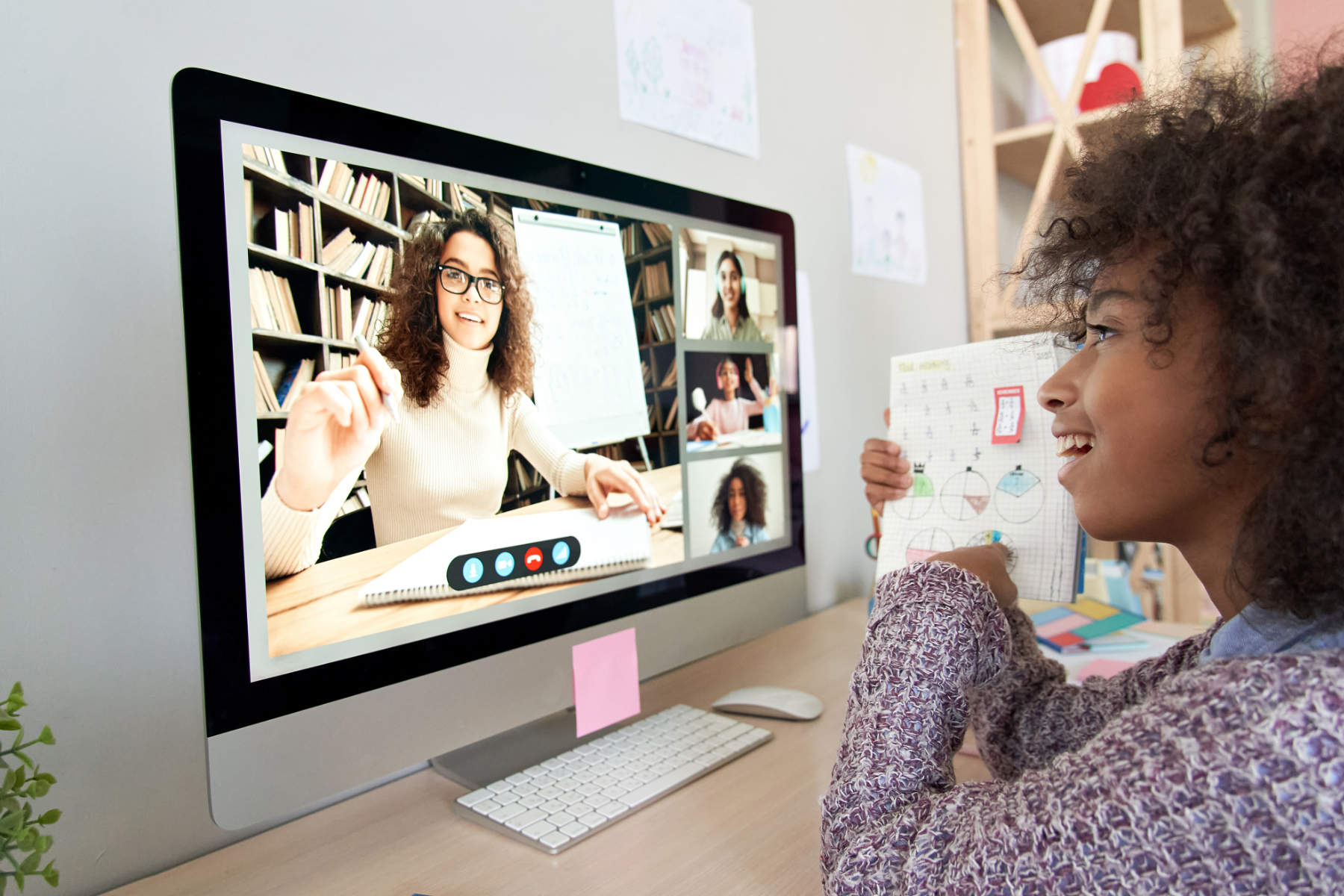

Self-paced learning allows students to move through course material at a speed that suits their individual needs. Unlike traditional classroom settings where everyone must follow the same timeline, this method gives students control over their own learning journey. It’s especially beneficial in online and hybrid learning environments, where flexibility can improve accessibility and engagement.
This approach supports a variety of learners—whether they need more time to grasp concepts or want to accelerate through familiar topics—by removing the pressure of a one-size-fits-all pace.
One of the most powerful aspects of self-paced learning is its adaptability. Here are some key benefits:
By removing time-based restrictions, educators can help foster a more inclusive learning environment that accommodates neurodivergent learners and those with different cognitive processing speeds.
To make self-paced learning work, content must be well-structured and accessible. Educators should consider:
Supporting students with regular check-ins or optional discussion groups can also help prevent isolation and promote peer connection.
Modern learning management systems (LMS) and edtech tools make it easier to deliver self-paced experiences. Platforms like TeachFlex, for instance, allow educators to:
These features ensure that students remain guided, even when working independently.
In a self-paced setting, the teacher becomes more of a mentor and facilitator than a lecturer. They provide encouragement, resources, and timely feedback. Rather than driving the pace, they help students develop the skills to take control of their own learning.
This shift can lead to a more meaningful educational relationship and improved outcomes, especially in online and informal learning contexts.
Empowering students through self-paced learning nurtures independence, motivation, and a deeper connection to the material. It prepares learners not only for academic success, but also for lifelong learning—an essential trait in today’s fast-changing world.
By designing courses that allow students to choose their pace, educators are giving them more than flexibility—they’re giving them freedom.
Discover more stories and insights that align with your interests. These handpicked articles dive deeper into accessible learning, inclusive education, and tools to empower your teaching journey.